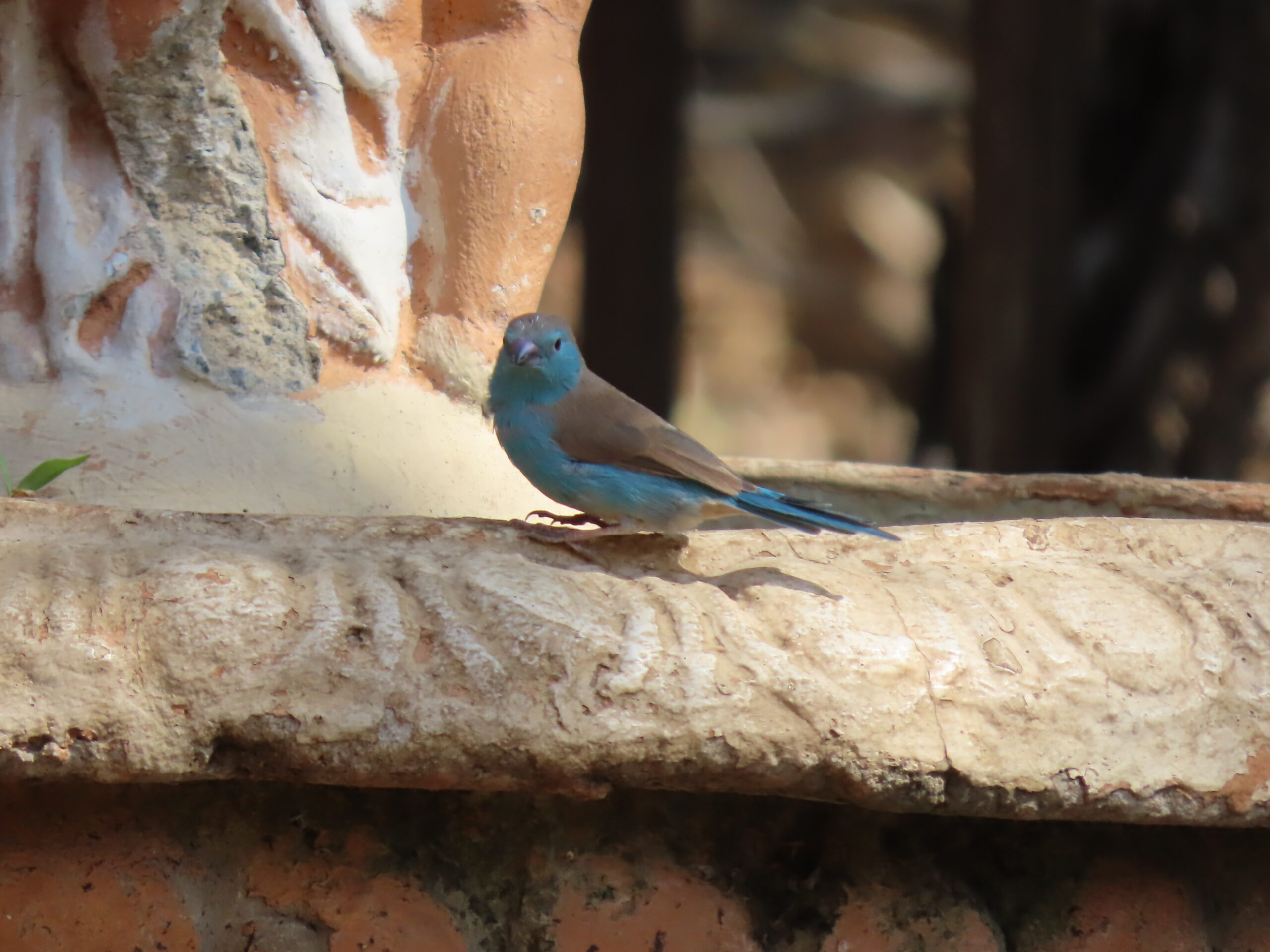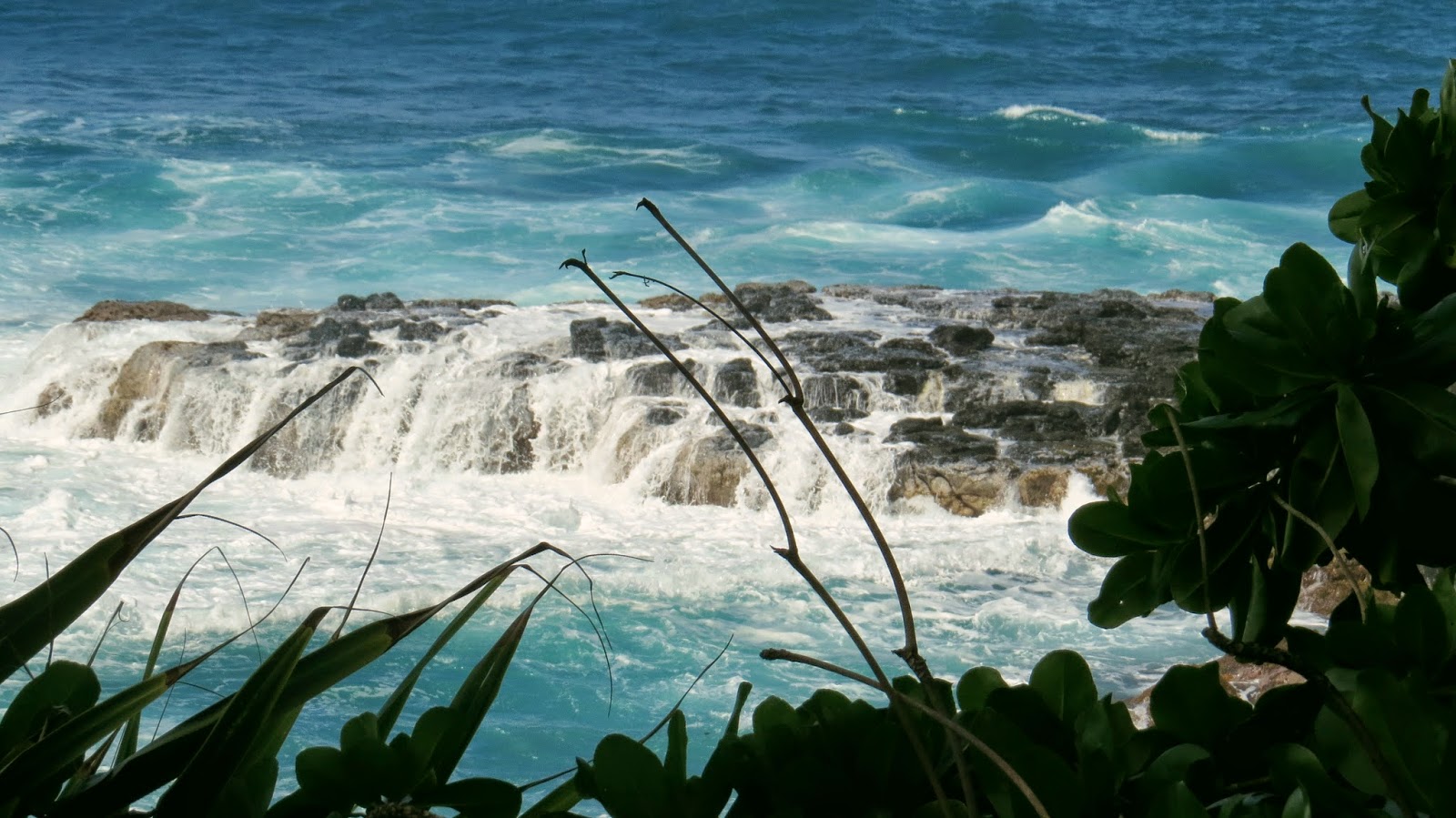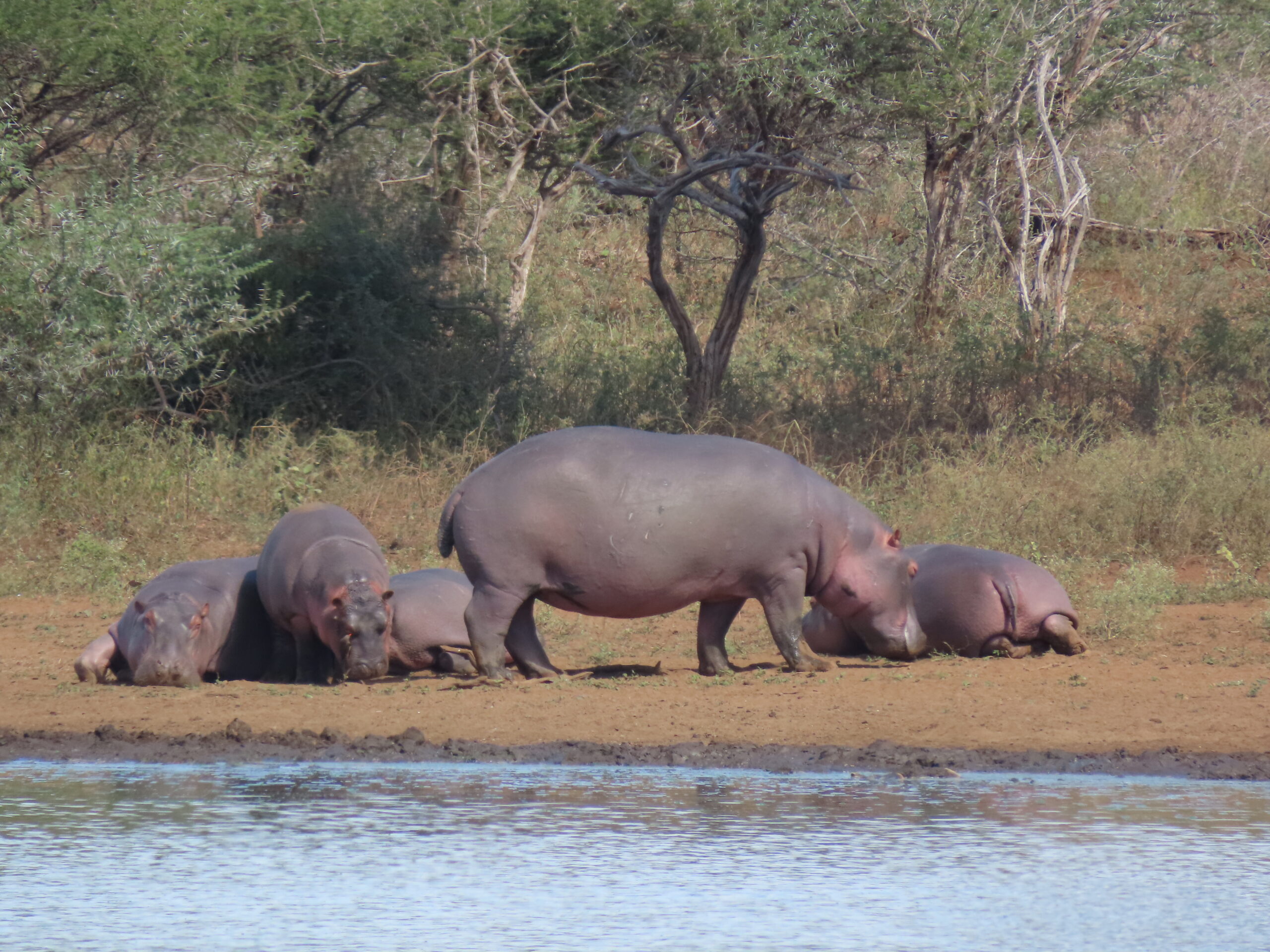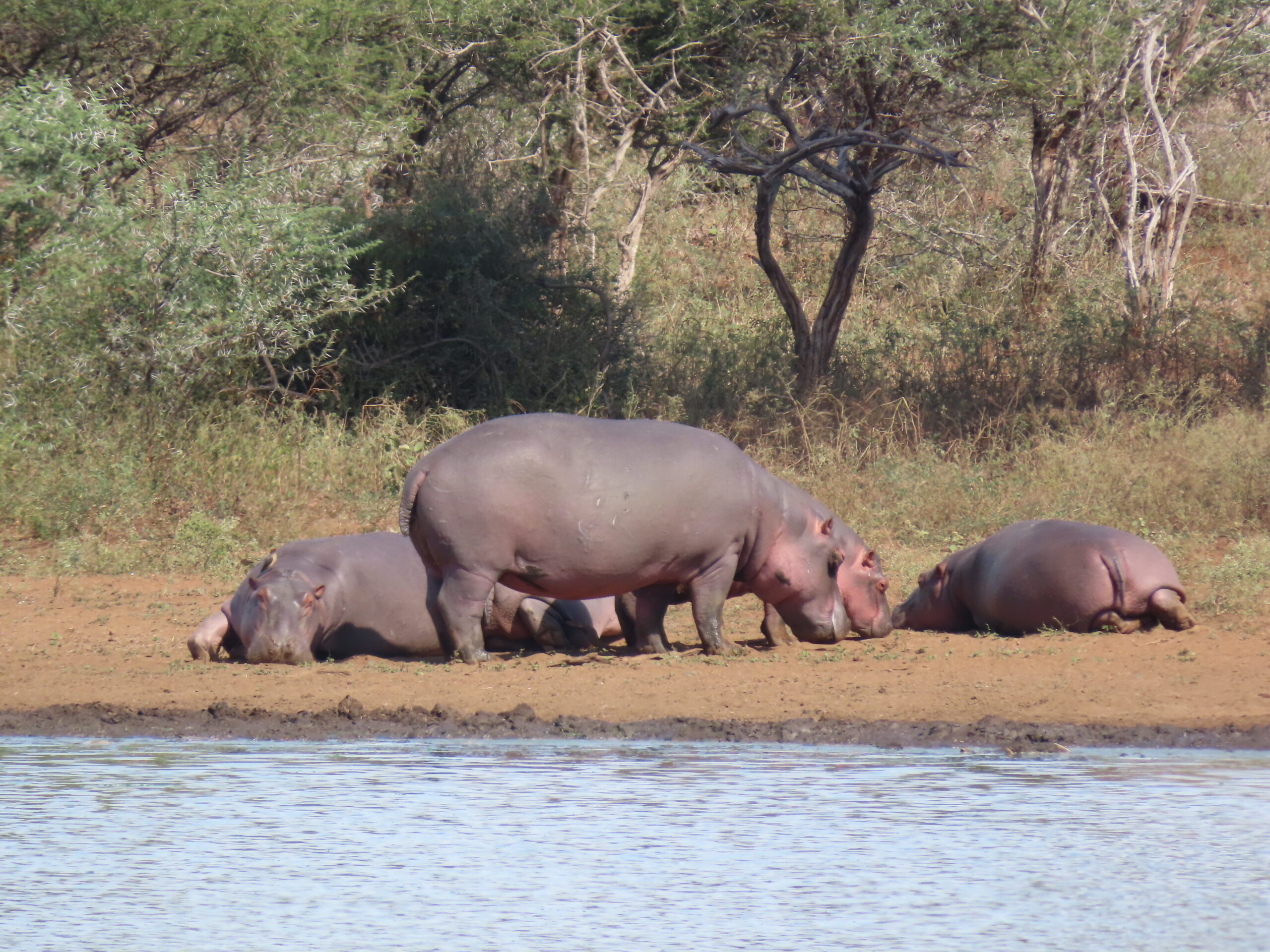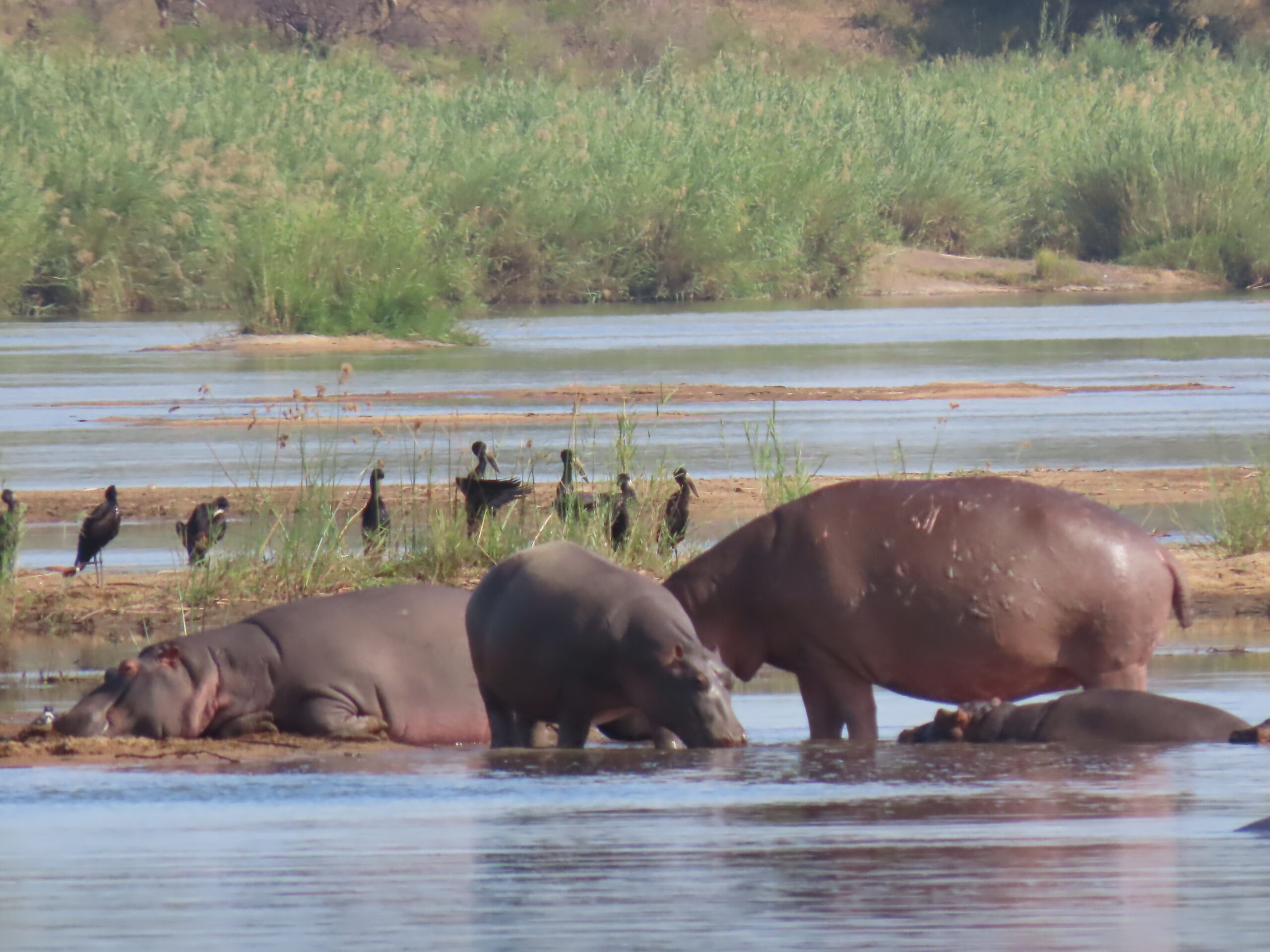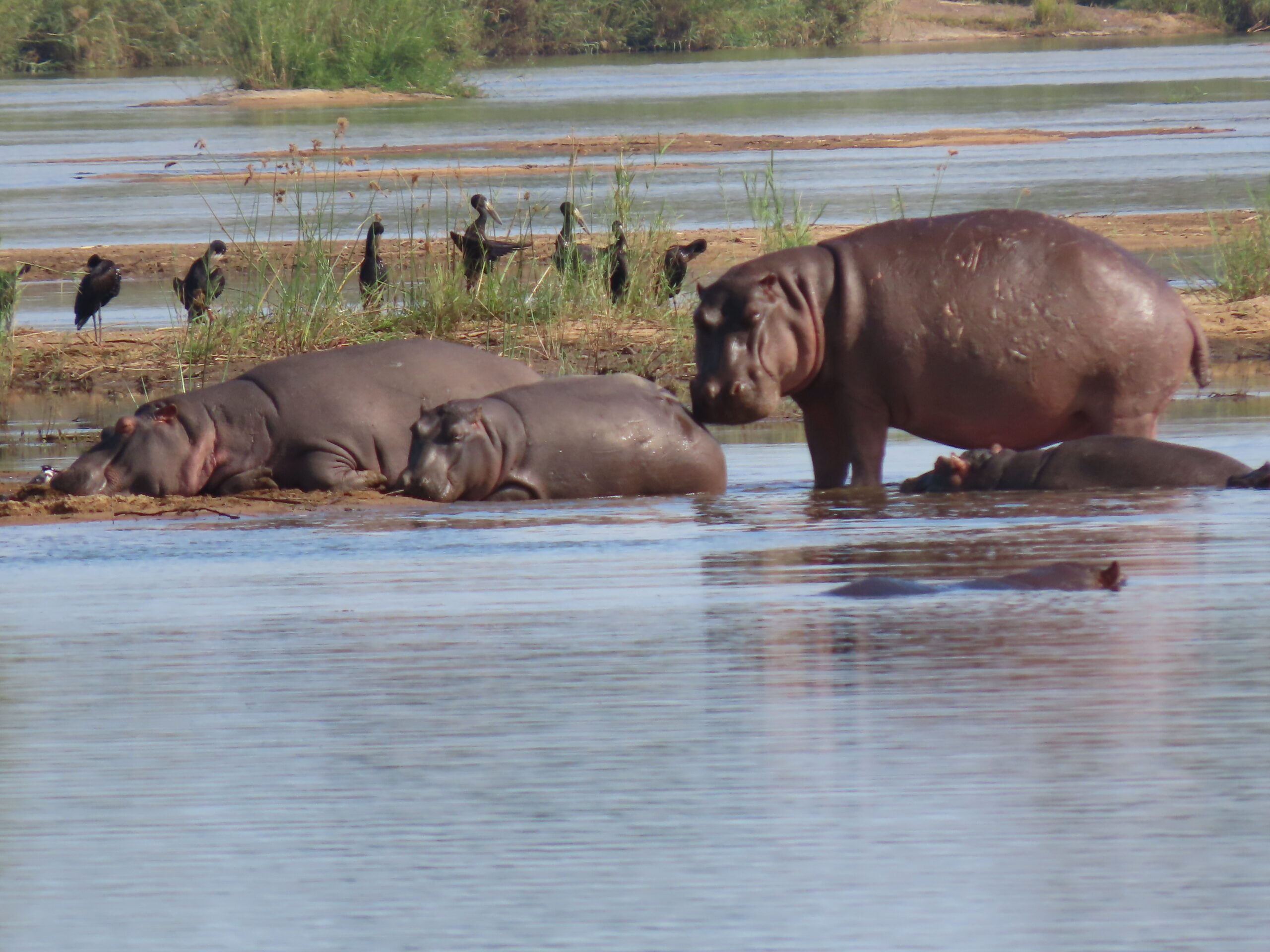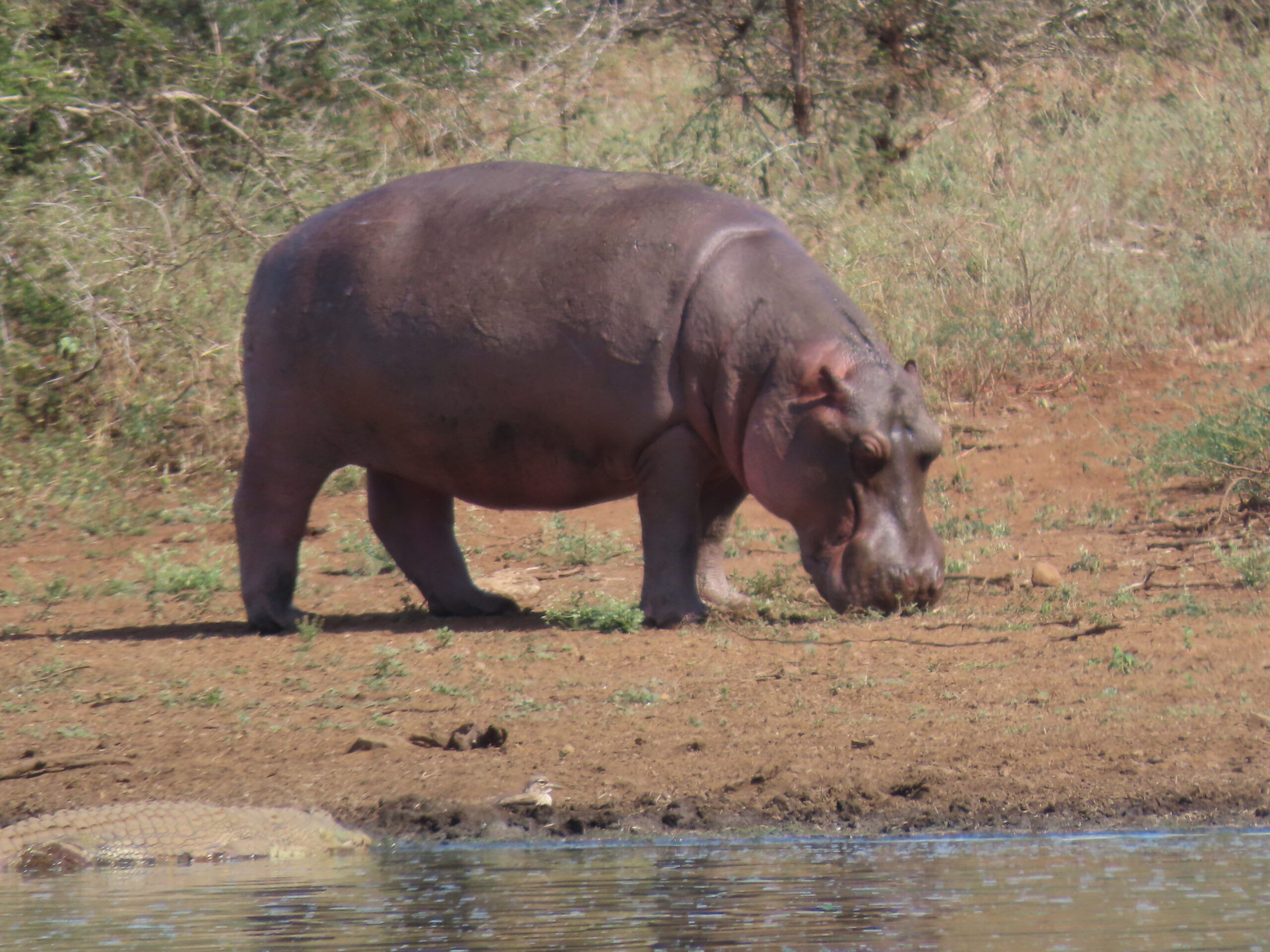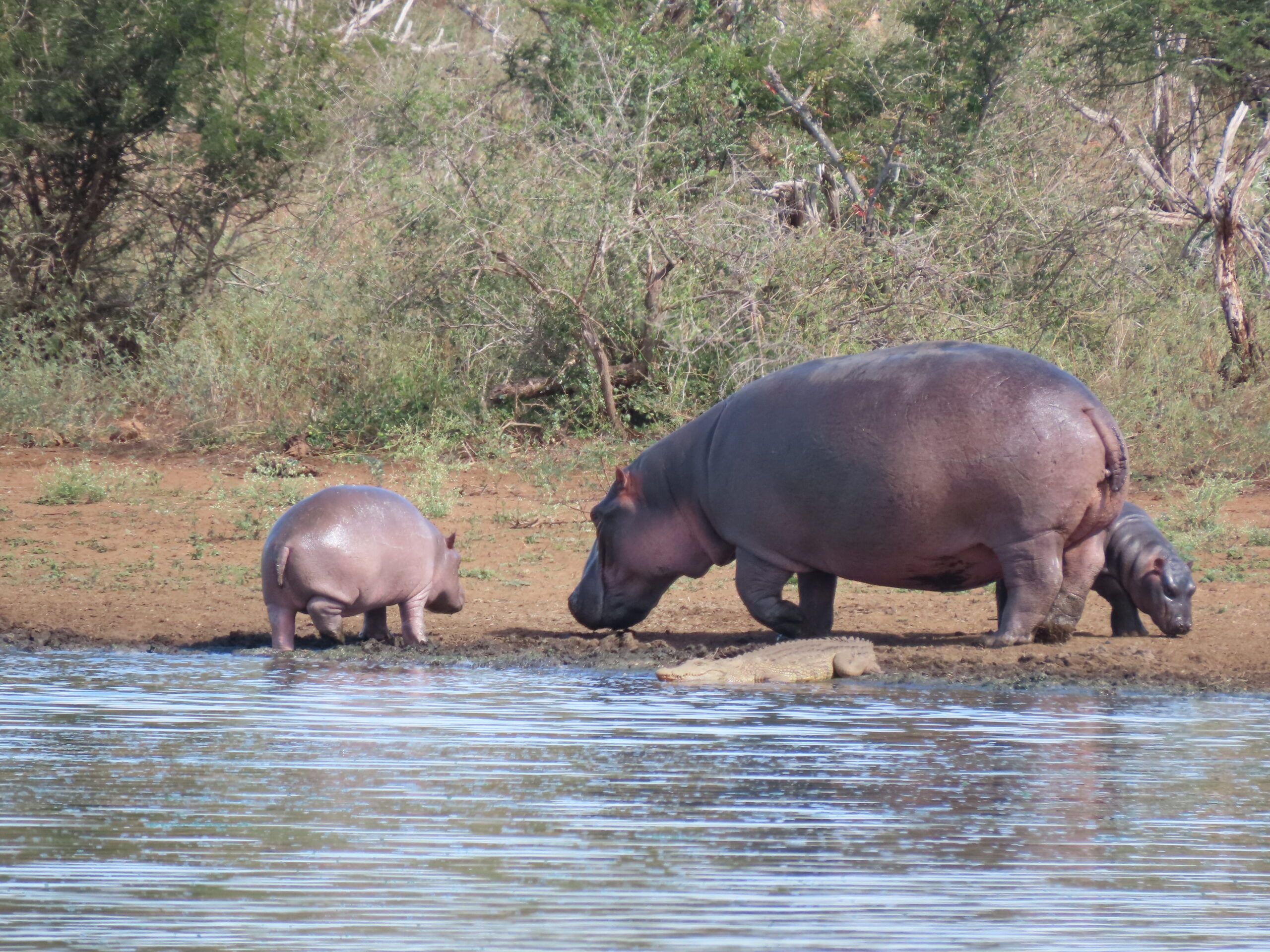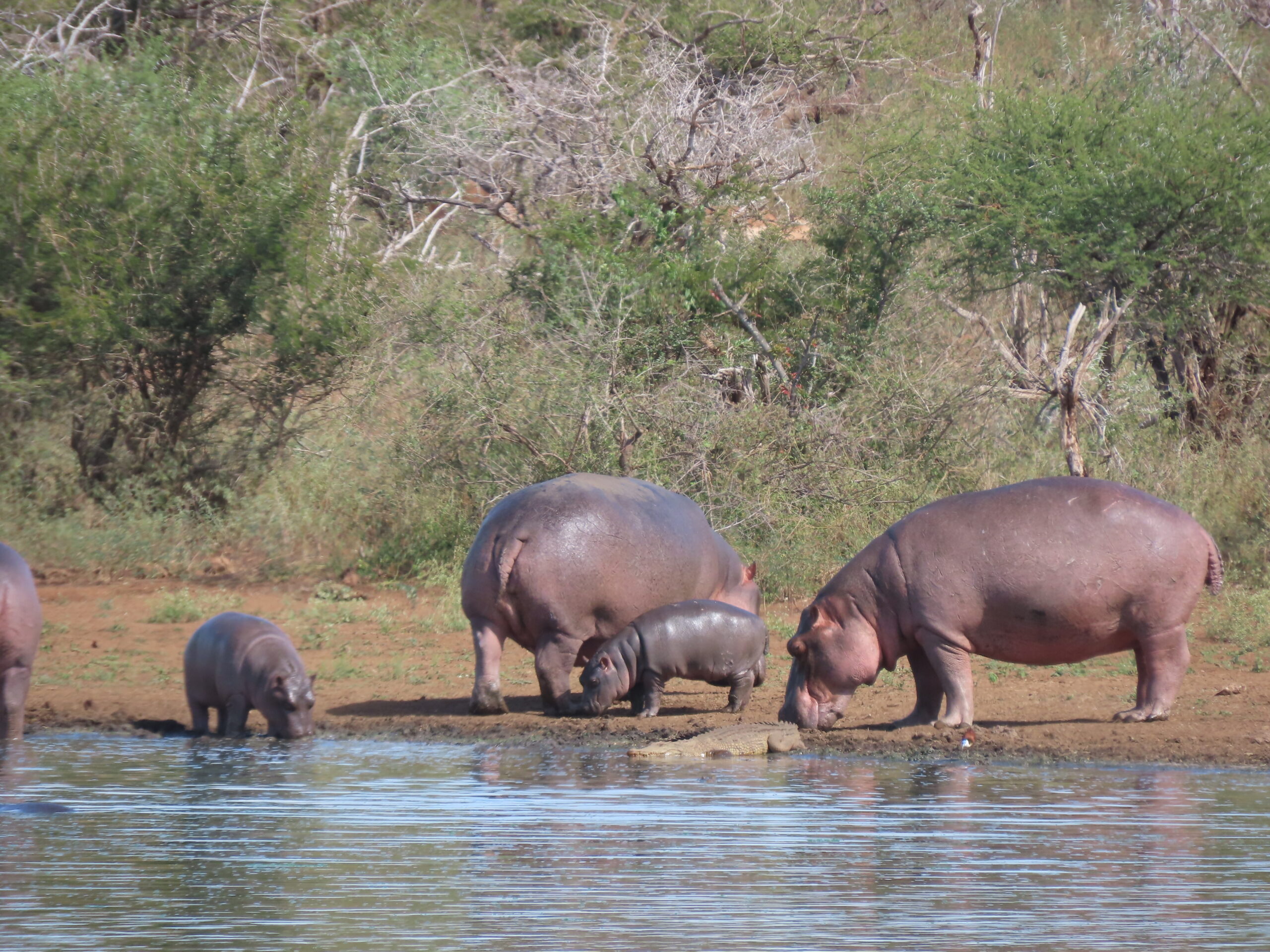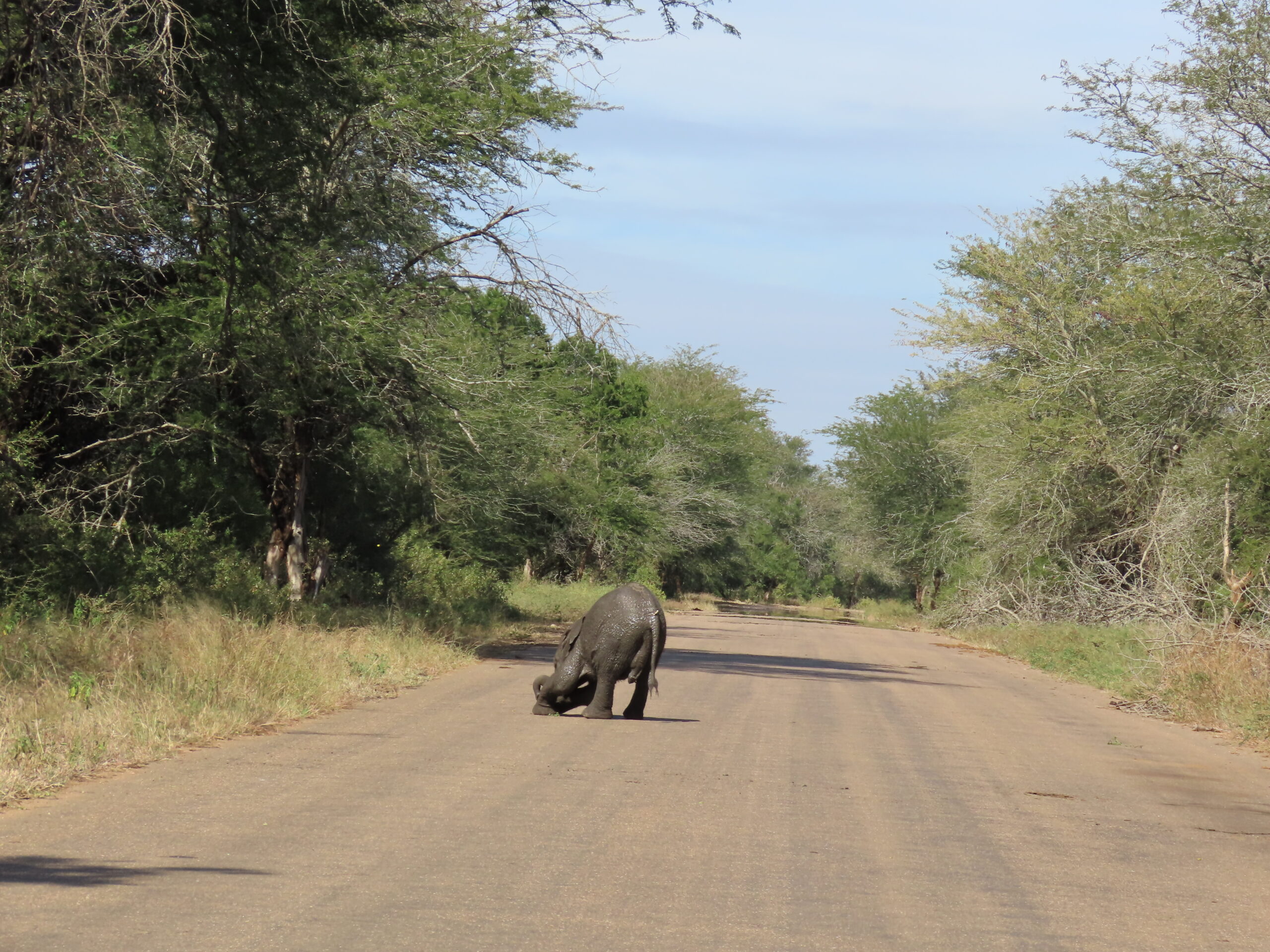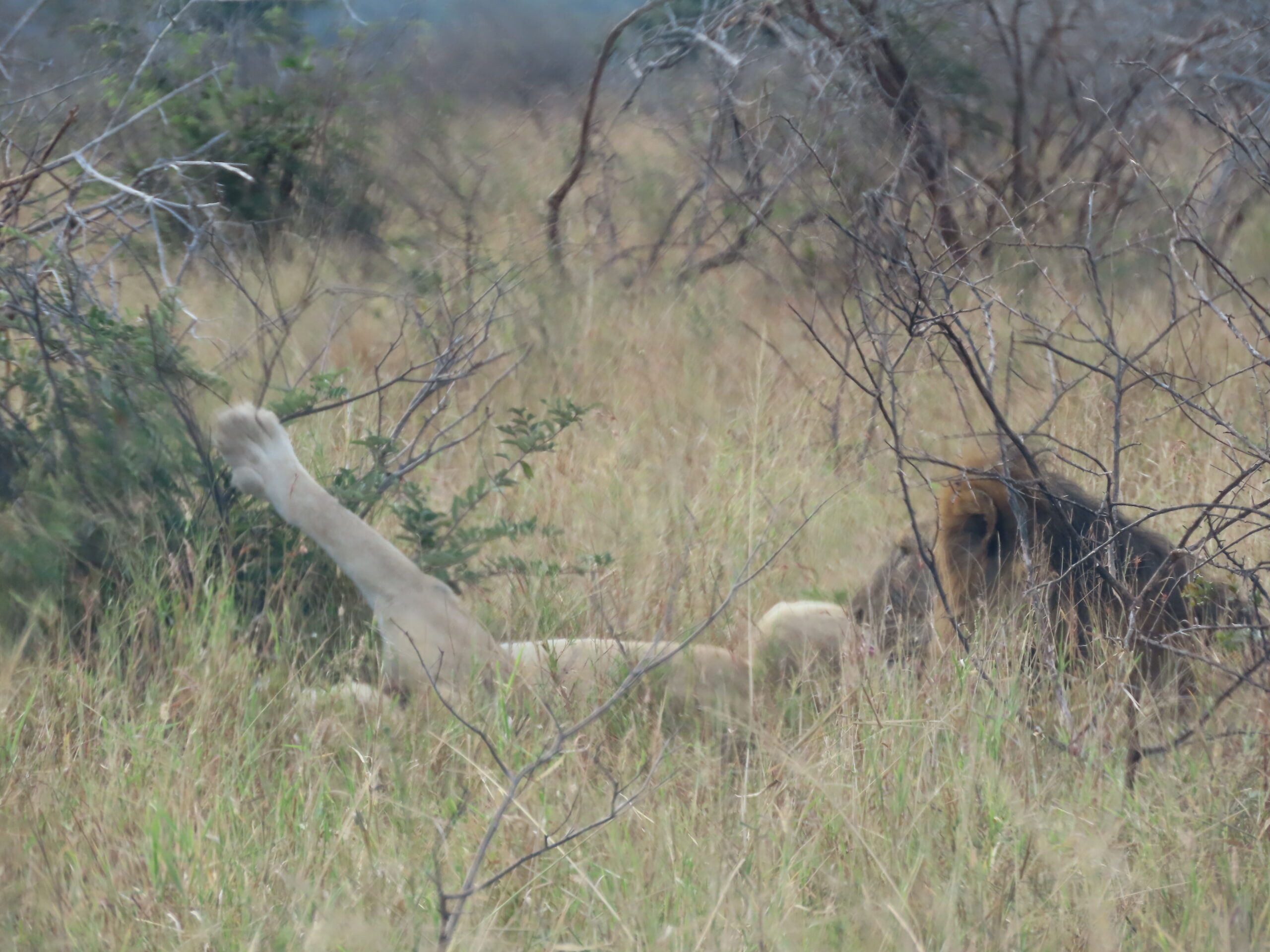
We are packed and ready to go. I am dressed in all black, which is easy to wear for a long trip to avoid showing any potential spots or stains.
My compression socks are in a ziplock bag in my handbag, along with a long cord for recharging my phone, the cord to charge my Fitbit, and two sets of earbuds, one for watching movies on the screen at my seat and another for my phone. I’ll share the long cord with Tom when he needs to charge his phone.
We’ll be seated across the aisle from one another, allowing us each to have easy access for getting out of our seats and only sharing one armrest with another passenger.
The short flight on Airlink from Nelspruit to Johannesburg is very short, taking about 30 minutes. Once we’re in Joburg, we’ll have dinner during the 2½ hour layover, if time allows. If not, we’ll have no choice but to eat the less-than-healthy meals served on the 11-hour flight to London.
I no longer fuss about what I am served. I pick at the food I can eat and leave the rest. Tom shares anything that works for me, and I share the bread, starches, and dessert with him. Going a day or two with little food is no big deal. Besides, sitting in the narrow, cramped seat without a full belly feels much better.
We rarely drink alcoholic beverages on these long flights, even though they are complimentary on Virgin Atlantic while seated in coach. It seems we can rest easier without having had a beer or wine. If we can somehow manage to get three hours of sleep, we’ll feel fine. But that’s highly unlikely since I can’t sleep sitting up. But, here again, missing one night’s sleep is no big deal in the realm of things.
We arrive in Minneapolis, Minnesota, around 3:00 pm, Sunday. When we collect our bags and get the rental car, it will be 4:00 am, Monday to us. With traffic on a Sunday of Memorial weekend, arriving at the hotel may take about 40 minutes. We’ll probably order GrubHub for dinner after we get unpacked and settled.
Then, the challenge will be to stay awake until 10:00 pm. At that point, it will be 5:00 am to us, approximately 39 hours after we left. But after missing an entire night’s sleep, staying awake is tough. It’s essential to immediately get into the schedule of where we are, instead of where we were.
We aren’t certain at this point about posting each day over the next several days. A short post may be possible during tomorrow’s almost six-hour layover in London. Please keep an eye out.
Thanks for all the well wishes and support from our readers/friends/family.
Be well.
Photo from ten years ago today, May 24, 2015:
 |
| We spotted a banyan tree in Waikiki as we rode the bus to the mall. For more photos, please click here. |



